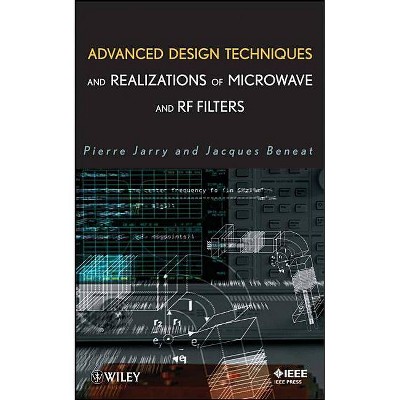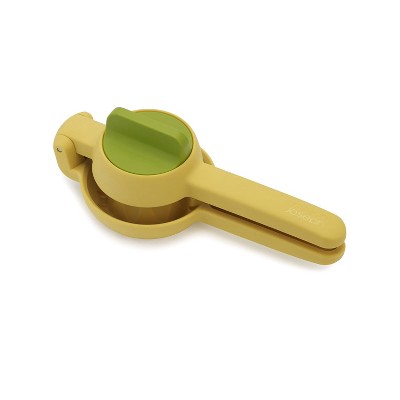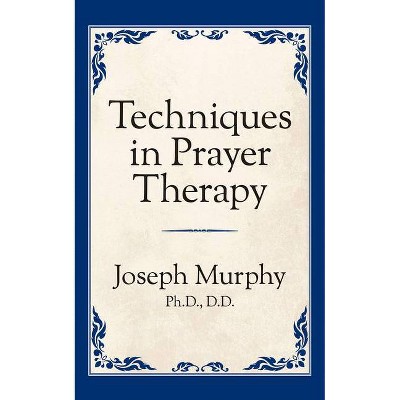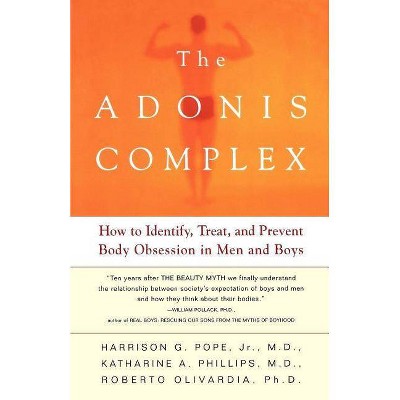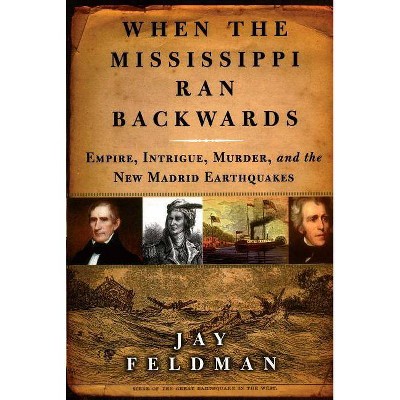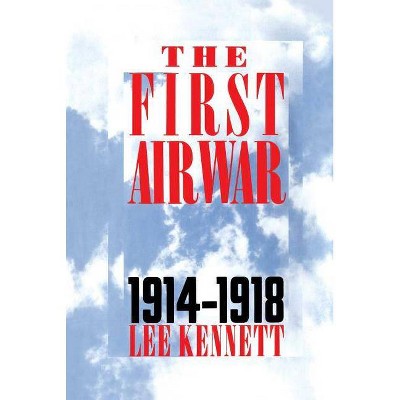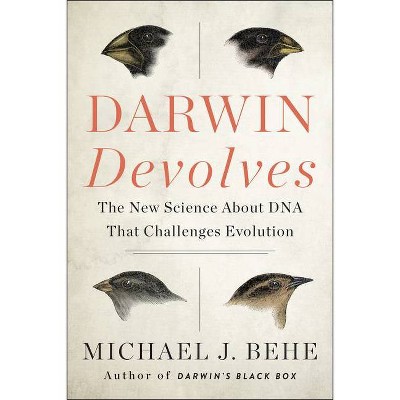High Frequency Techniques - (IEEE Press) by Joseph F White (Paperback)
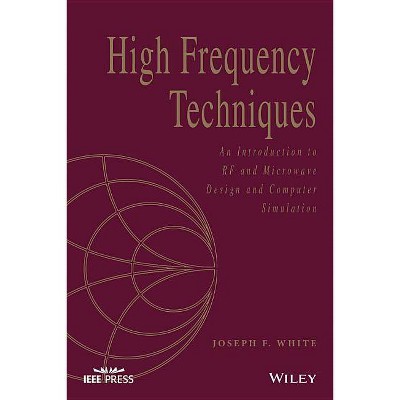
Similar Products
Products of same category from the store
AllProduct info
<p/><br></br><p><b> Book Synopsis </b></p></br></br><p>This textbook is an introduction to microwave engineering. The scope of this book extends from topics for a first course in electrical engineering, in which impedances are analyzed using <i>complex numbers</i>, through the introduction of transmission lines that are analyzed using the <i>Smith Chart, </i>and on to graduate level subjects, such as equivalent circuits for obstacles in hollow waveguides, analyzed using <i>Green's Functions. This book is a virtual encyclopedia of circuit design methods.</i></p> <p> </p> <p>Despite the complexity, topics are presented in a conversational manner for ease of comprehension. The book is not only an excellent text at the undergraduate and graduate levels, but is as well a detailed reference for the practicing engineer.</p> <p> </p> <p>Consider how well informed an engineer will be who has become familiar with these topics as treated in <b><i>High Frequency Techniques</i></b> (in order of presentation)</p> <p> </p> <p> Brief history of wireless (radio) and the Morse code</p> <p> U.S. Radio Frequency Allocations</p> <p> Introduction to vectors</p> <p> AC analysis and why complex numbers and impedance are used</p> <p> Circuit and antenna reciprocity</p> <p> Decibel measure</p> <p> Maximum power transfer</p> <p> Skin effect</p> <p> Computer simulation and optimization of networks</p> <p> LC matching of one impedance to another</p> <p> Coupled Resonators</p> <p> Uniform transmission lines for propagation</p> <p> VSWR, return Loss and mismatch error</p> <p> The Telegrapher Equations (derived)</p> <p> Phase and Group Velocities</p> <p> The Impedance Transformation Equation for lines (derived)</p> <p> Fano's and Bode's matching limits</p> <p> The Smith Chart (derived)</p> <p> Slotted Line impedance measurement</p> <p> Constant Q circles on the Smith Chart</p> <p> Approximating a transmission line with lumped L's and C's</p> <p> ABCD, Z, Y and Scattering matrix analysis methods for circuits</p> <p> Statistical Design and Yield Analysis of products</p> <p> Electromagnetic Fields</p> <p> Gauss's Law</p> <p> Vector Dot Product, Divergence and Curl</p> <p> Static Potential and Gradient</p> <p> Ampere's Law and Vector Curl</p> <p> Maxwell's Equations and their visualization</p> <p> The Laplacian</p> <p> Rectangular, cylindrical and spherical coordinates</p> <p> Skin Effect</p> <p> The Wave Equation</p> <p> The Helmholtz Equations</p> <p> Plane Propagating Waves</p> <p> Rayleigh Fading</p> <p> Circular (elliptic) Polarization</p> <p> Poynting's Theorem</p> <p> EM fields on Transmission Lines</p> <p> Calculating the impedance of coaxial lines</p> <p> Calculating and visualizing the fields in waveguides</p> <p> Propagation constants and waveguide modes</p> <p> The Taylor Series Expansion</p> <p> Fourier Series and Green's Functions</p> <p> Higher order modes and how to suppress them</p> <p> Vector Potential and Retarded Potentials</p> <p> Wire and aperture antennas</p> <p> Radio propagation and path loss</p> <p> Electromagnetic computer simulation of structures</p> <p> Directional couplers</p> <p> The Rat Race Hybrid</p> <p> Even and Odd Mode Analysis applied to the backward wave coupler</p> <p> Network analyzer impedance and transmission measurements</p> <p> Two-port Scattering Parameters (s matrix)</p> <p> The Hybrid Ring coupler</p> <p> The Wilkinson power divider</p> <p> Filter design: Butterworth, Maximally flat & Tchebyscheff responses</p> <p> Filter Q</p> <p> Diplexer, Bandpass and Elliptic filters</p> <p> Richard's Transformation & Kuroda's Identities</p> <p>Mumford's transmission line stub filters</p> <p> Transistor Amplifier Design: gain, biasing, stability, and conjugate matching</p> <p> Noise in systems, noise figure of an amplifier cascade</p> <p> Amplifier non-linearity, and spurious free dynamic range</p> <p> Statistical Design and Yield Analysis</p><p/><br></br><p><b> From the Back Cover </b></p></br></br><p><b>Provides a hands-on approach to Radio Frequency and Microwave theory and design </b></p> <p>This book provides engineers with a comprehensive guide to Radio Frequency (RF) circuit analysis and wave propagation in order to be able to design new systems. Emphasis is placed on fundamental concepts, engineering techniques, and the regular and intelligent use of the computer design tools. This book contains a review of wireless history and engineering fundamentals including complex numbers, alternating-current theory, and the logarithmic basis of decibels. The important topics in microwave design theory are discussed, such as transmission lines, the Smith Chart, and matrix algebra. Computer generated examples are used to provide insight into the basic performance, bandwidth, and manufacturing yield of RF and microwave networks. The author also provides a broad presentation of electromagnetic (EM) field theory tailored to the needs of the microwave and RF engineer. </p> <p>- Provides in-text exercises to emphasize practical technique</p> <p>- Explains how design challenges would be attacked in a real engineering environment</p> <p>- Includes access to a companion site hosting an instructor's manual</p> <p><i>High Frequency Technique: An Introduction to RF and Microwave Design and Computer Simulation </i>is a reference for RF, microwave, and wireless engineers, and graduate students in electrical and computer engineering.</p> <p><b>Joseph F. White</b> is an instructor and consultant at JFW Industries, Inc. He has twenty-five years of design experience, was technical director at M/A-COM, Inc., and received the IEEE Microwave Theory and Techniques Society's Application Award for Contributions to Phased Array Antennas. Dr. White edited <i>Microwave Journal</i>, <i>Applied Microwave</i> <i>and Wireless</i>, and <i>Microwave Semiconductor Engineering</i>. He is a Fellow of the IEEE. </p><p/><br></br><p><b> About the Author </b></p></br></br><p><b>Joseph F. White</b> is an instructor and consultant at JFW Industries, Inc. He has twenty-five years of design experience, was technical director at M/A-COM, Inc., and received the IEEE Microwave Theory and Techniques Society's Application Award for Contributions to Phased Array Antennas. Dr. White edited <i>Microwave Journal</i>, <i>Applied Microwave</i> <i>and Wireless</i>, and <i>Microwave Semiconductor Engineering</i>. He is a Fellow of the IEEE. </p>
Price History
Cheapest price in the interval: 130 on November 8, 2021
Most expensive price in the interval: 130 on December 20, 2021
Price Archive shows prices from various stores, lets you see history and find the cheapest. There is no actual sale on the website. For all support, inquiry and suggestion messagescommunication@pricearchive.us
